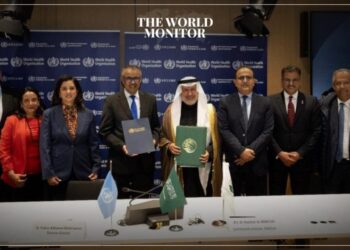The Ukrainian military announced on Monday that the number of Russian soldiers killed has risen to 383,180 since the beginning of the military operation on February 24, 2022. According to the Ukrainian Armed Forces General Staff, as reported by the Ukrainian news agency Ukrinform, Russia has also lost 6,290 tanks, 11,696 armored vehicles, 9,113 artillery systems, 972 multiple launch rocket systems, 660 air defense systems, 331 fighter jets, 324 helicopters, 23 warships, in addition to 1,443 pieces of special equipment, 7,049 drones, and one submarine during this period.
Furthermore, Vadym Lyakh, the head of the military administration of Donetsk region in Ukraine, reported that four civilians were injured due to Russian shelling of the region last night. The Russian forces injured four residents of the Donetsk area; specifically, three in Myrnohrad and another in Ocheretyne. Additionally, there was a report of one person injured in Avdiivka earlier. Lyakh noted that the total number of Russian military casualties does not include the towns of Mariupol and Volnovakha.
The recent war between Ukraine and Russia, which escalated with Russia’s invasion of Ukraine in February 2022, represents the largest armed conflict in Europe since World War II. This conflict is not just a standalone event but is deeply rooted in the complex and intertwined histories of both nations, stretching back to the early medieval state of Kyivan Rus’. Over centuries, the identities of people in this region have evolved, leading to the formation of distinct Ukrainian and Russian national identities in the 19th century. The divergence between the two nations has been particularly pronounced in recent decades, with Ukraine seeking closer ties with Western institutions and striving for sovereignty, while Russia has sought to maintain influence over its neighbor.
The conflict has led to significant casualties, destruction, and a humanitarian crisis, with the fighting largely concentrated in Ukraine’s east and south since the summer of 2022. Russian military tactics have included the use of cruise missiles, cluster munitions, and thermobaric weapons, causing extensive damage to Ukrainian cities and exacerbating a global food crisis due to Ukraine’s role as a major supplier of agricultural commodities. Efforts to negotiate peace and address the humanitarian fallout continue, amidst international fears of escalation, including the potential for nuclear disaster at the Zaporizhzhia nuclear plant, which has been a point of contention during the conflict.






